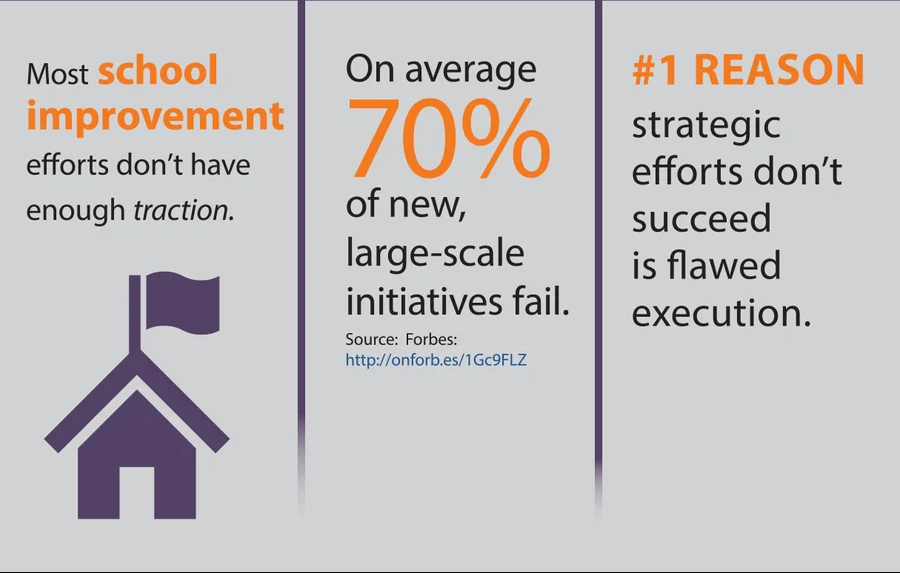As teachers, we always strive to provide our pupils with engaging, innovative, and pertinent learning opportunities. But let's be honest: Innovation sometimes backfires. To become an expert in any profession, you must be prepared to learn from the numerous errors you will inevitably make. Using failure as a springboard is the key to success. Here are three strategies for using that spectacular failure as a launching pad for future development and achievement.
3 Steps To Learn And Grow From Failures

Here is a 3-step process school leaders can use to leverage moments of failures as improvement opportunities:
1. Analyze And Reflect
Spend some time thinking back on the failure and doing a detailed analysis. The counselors, the assistant principal, and a few important teachers can be convened in the master scheduling board room, at the end of the first zipper day to go over the bell schedule and course offerings. To find the problem, you can rehearse walking students' timetables.
Over the next several days, you can ask both instructors and students what they saw and what ideas they could have to avoid another zipper catastrophe on Wednesday. At lunch, you discover which classes were at odds and how it affected the schedules of the students. Additionally, you might fail to consider the conflicts that arise when teachers teach one grade on A-days and another grade on B-days. The idea is that even the best intentions can have hiccups when it’s enacted.
2. Seek Collaboration And Feedback
Don't bear the load by yourself. Talk to your mentors, colleagues, or team to get a variety of viewpoints on the failure. Constructive criticism offers insightful opinions and other perspectives that you may not have thought about. Collaborative conversations can offer creative ideas for the next projects as well as the underlying reasons for problems.
Following a vulnerable time, you can continue exchanging ideas to make things right. On campus, you make a concerted effort to stop viewing failure as a blow to our confidence and instead learn to be more intrigued about it. You use that energy toward attempting to identify what had gone wrong and putting it right rather than placing blame on others.
3. Iterate And Implement Adjustments
Make smart changes to your overall strategy or leadership style based on the lessons you've learned. Determine doable actions to rectify the issues and reduce any hazards. Adopt an attitude of iteration and constant development. Recall that failure is a chance to improve decision-making, hone tactics, and strengthen your leadership abilities rather than the end.
You can determine what needs to be changed to put things right by asking openly what has gone wrong. Even though you were unable to fully restore that zipper timetable, the final product was far superior. You can change the block schedule to an A-B rotation in response to criticism, and make sure that there were an equal amount of A and B days throughout the academic year.
Bottom Line
Recall that the ascent is more important than the fall. Don't be afraid to learn from that setback and use it to help you advance in your leadership career. By using these techniques and pursuing School Leadership and Management Courses, failures may be turned into opportunities for development and resiliency.
We believe education should be accessible for everyone. That’s why we don’t charge for our blogs. Find the right course that will help you in your career with us, contact us at - 1800–212–6400. You can mail us at act@asiancollegeofteachers.com









